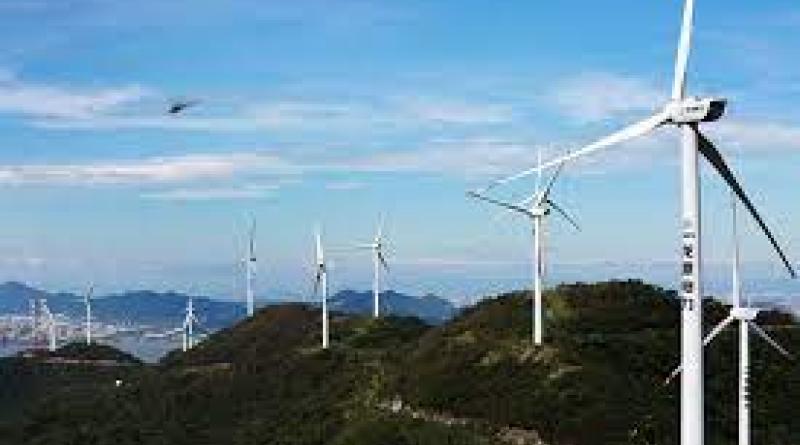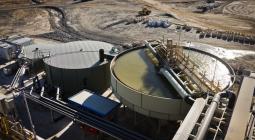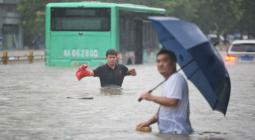Extra points for Europe-made tech or EU wind boom will be made in China'

If the EU wants to meet its boosted renewables targets it needs to “beef-up” its Net-Zero Industry Act – in part through the introduction of non-price criteria in wind power tenders including localisation rules – or turbines for the massive expansion will be made in China, WindEurope has warned.
The wind industry is already having to buy power cables, gearboxes and even steel towers from China, and is also building a few new factories in Europe to meet rising demand. But to push wind’s share in power consumption to 43% by 2030 (up from 17% today) as targeted, 30GW of new wind capacity would need to be added each year – meaning huge investments are needed in factories, ports, grids, vessels, cranes and skilled workers, the industry group said.
For such an enormous expansion the EU’s Green Deal Industrial Plan – which has the Net Zero Industry Act at its core – needs to be sharpened, it said, adding that key would be a strengthening of non-price criteria in renewables auctions to avoid a further price ‘race to the bottom’ that would only favour produce from countries with lesser social and environmental standards.
Europe wants a green industrial policy. It wants renewables to be made in Europe. But it’s failing on the policies that will actually deliver that. The Net-Zero Industry Act needs beefing up,” WindEurope CEO Giles Dickson said.
“It’s time for Europe’s wind auctions to give extra points to those developers that are bidding in with European technology.”
Other non-price criteria in tenders should include cybersecurity, and ‘due diligence’ to make sure produce isn’t being sourced from places with questionable human rights records, or loose labour of environmental standards, WindEurope suggested.
The industry lobby warned that constraints in Europe’s wind energy supply chain mean that Chinese manufacturers are now starting to win orders in Europe, “not least with their cheaper turbines, looser standards and unconventional financial terms (pay us only on completion of the wind farm or later)”, WindEurope warns.
Europe’s wind energy sector has 300,000 employees and contributed €42bn ($45.4bn) to the EU’s GDP last year, paying €7bn in taxes – including to communities living close to wind farms – WindEurope pointed out, adding that becoming more reliant on Chinese produce would add new dependencies just when Europe is trying to improve its energy security.
The group also said recently loosened EU state aid rules allowing member states to support investments in new factories making clean energy equipment should be exploited to the fullest, while a new EU sovereignty fund (to support green energy) should be set up as soon as possible and permitting rules and procedures must be simplified.
“Public money has to support the expansion of green supply chains, as it does elsewhere in the world,” Dickson said.
“Otherwise, the EU Green Deal will be manufactured outside of Europe, and Europe will simply swap its dependency on Russian gas for one on Chinese clean energy equipment.”
The European Parliament and EU member states assembled in the European Council are now in the process of amending the Net Zero Industrial Act’s text
cover photo:Ars Technica






